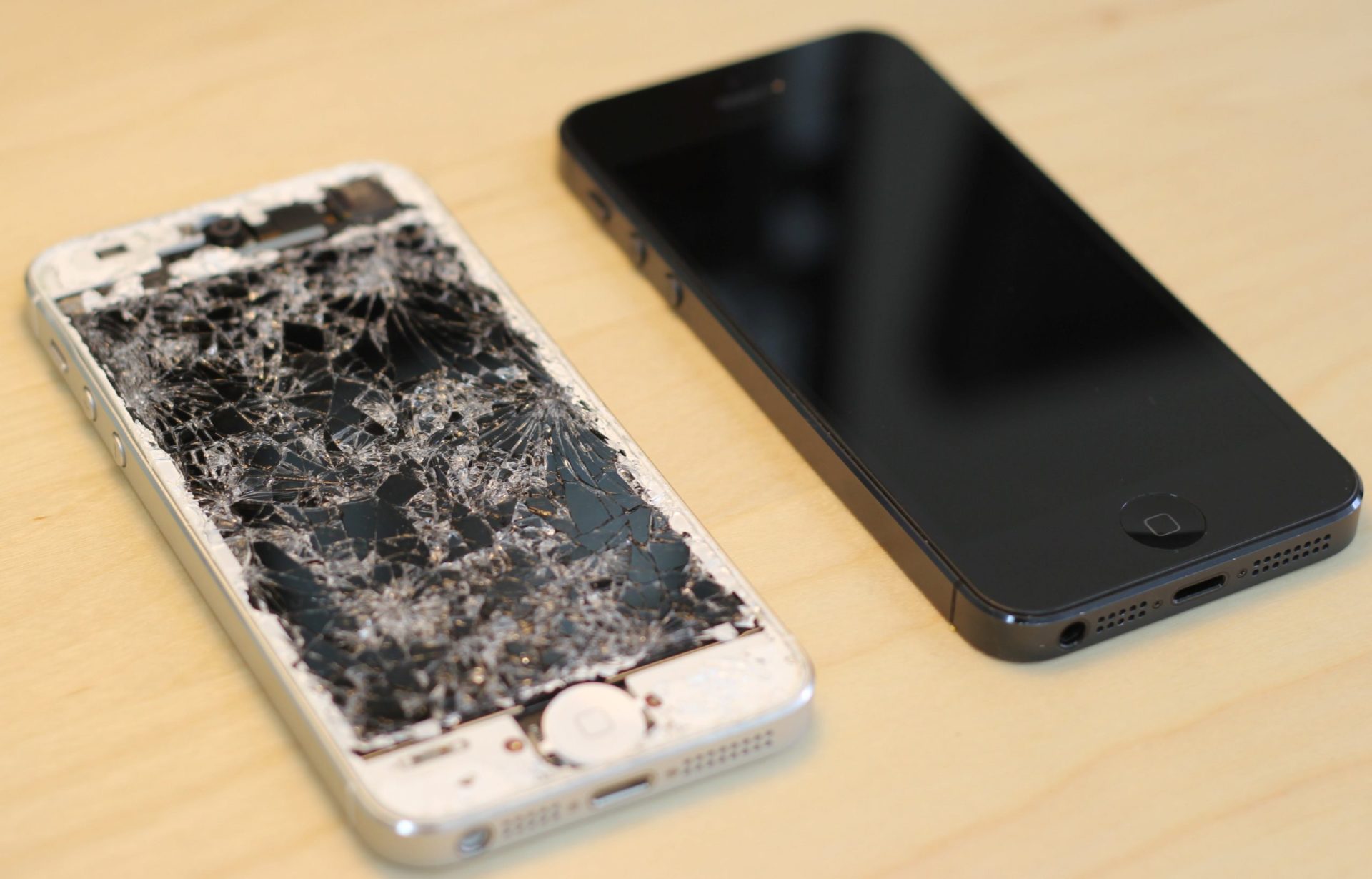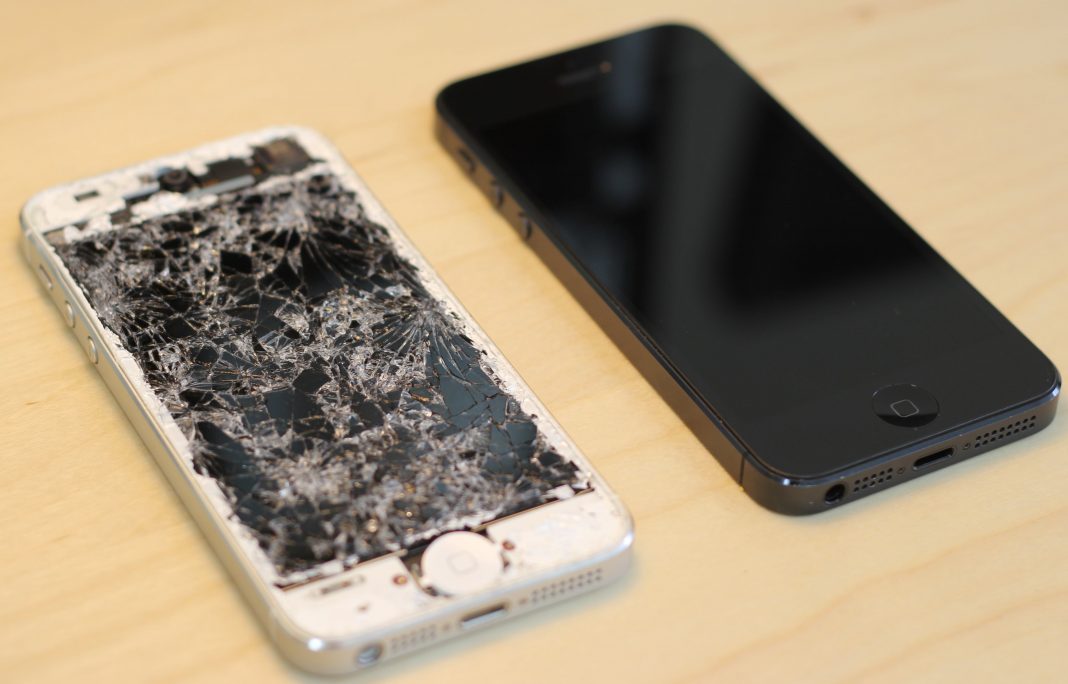Smartphone display repair can often cost so much that many owners decide it isn’t worth paying for and simply dump the phone for an entirely new handset instead (a fact not unrelated to the news recently that Britons produce the second largest amount of e-waste per person in Europe). This bugbear could eventually be consigned to the past, thanks to the development of new material with ideal properties for a self-healing smartphone screen.

Colourless polyimide (CPI) has glass-like transparency, high tensile strength and doesn’t scratch, even after folding hundreds of thousands of times. It is widely used in consumer electronics, particularly in flexible displays.
Researchers have put considerable effort into securing CPI’s durability by addressing cracks which can occur, such as by inserting additives or coating a hard protective layer on the surface. However, efforts have so far failed to successfully prevent damages to the underlying materials.
In order to support rapid self-healing from cracks and damaged functions while maintaining the valuable properties of CPI, the collaborative research team developed a self-healing CPI using linseed oil. Linseed oil is easily hardened at room temperature, making it a popular coating material for artworks which need to be carefully preserved.
The researchers took the microcapsule approach to self-healing. They created microcapsules loaded with linseed oil, then fabricated upper-healing layers by mixing these with a silicone material. This was coated on CPI.
When mechanical damage is inflicted, linseed oil flows from the microcapsules to the damaged area to harden, gradually healing the damage. This mode of self-healing has the advantage of being able to heal locally for local damage.
While materials scientists have developed many approaches to self-healing – with applications ranging from soft robotics to vehicle coatings – these have overwhelmingly been implemented with soft materials and the application of heat. In addition to this material being hard and capable of self-healing at room temperature, it has the advantage of significantly accelerating the healing process by reacting with humidity and ultraviolet light. 95 per cent damage recovery can be achieved within just 20 minutes.
“There is a significance in that we were able to develop a self-healing colourless polyimide that can radically solve the physical properties and lifespan of damaged polymer materials and that we presented the application range of the material, such as flexible displays and electronic material devices,” the researchers commented in a statement.















